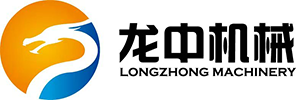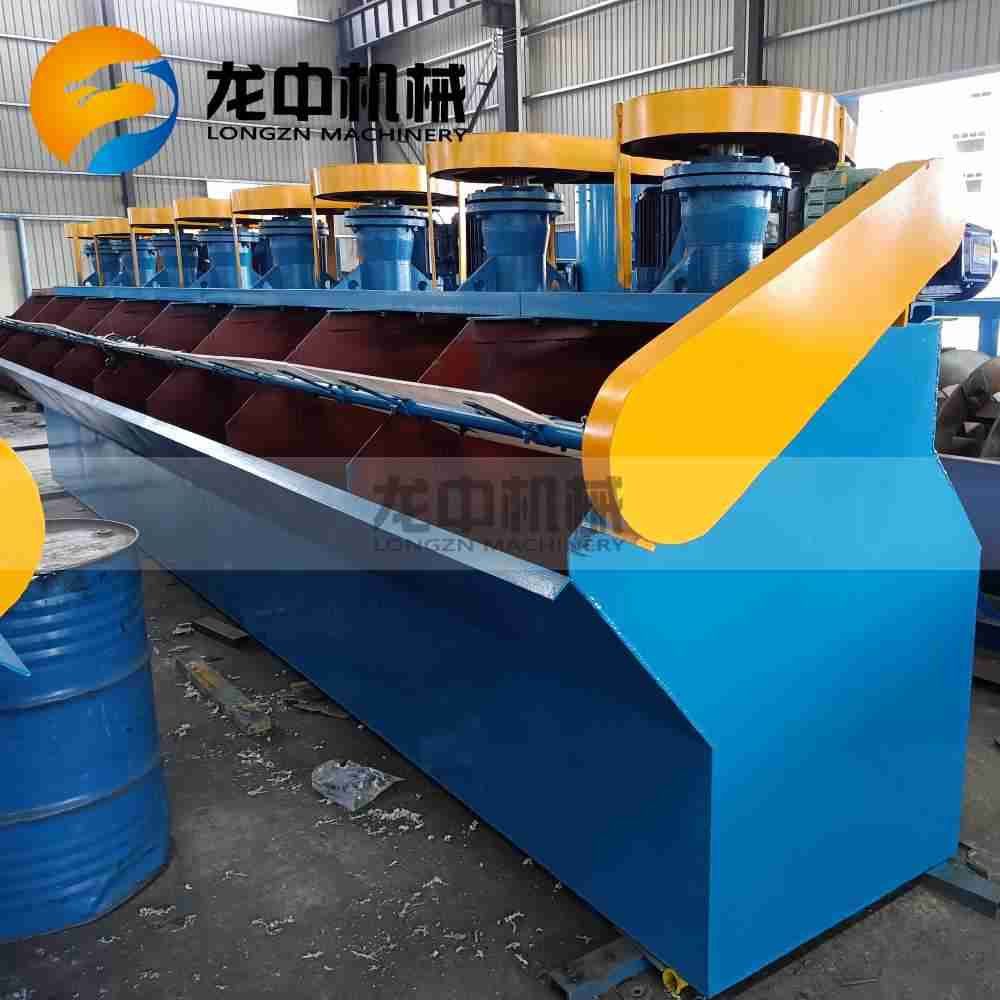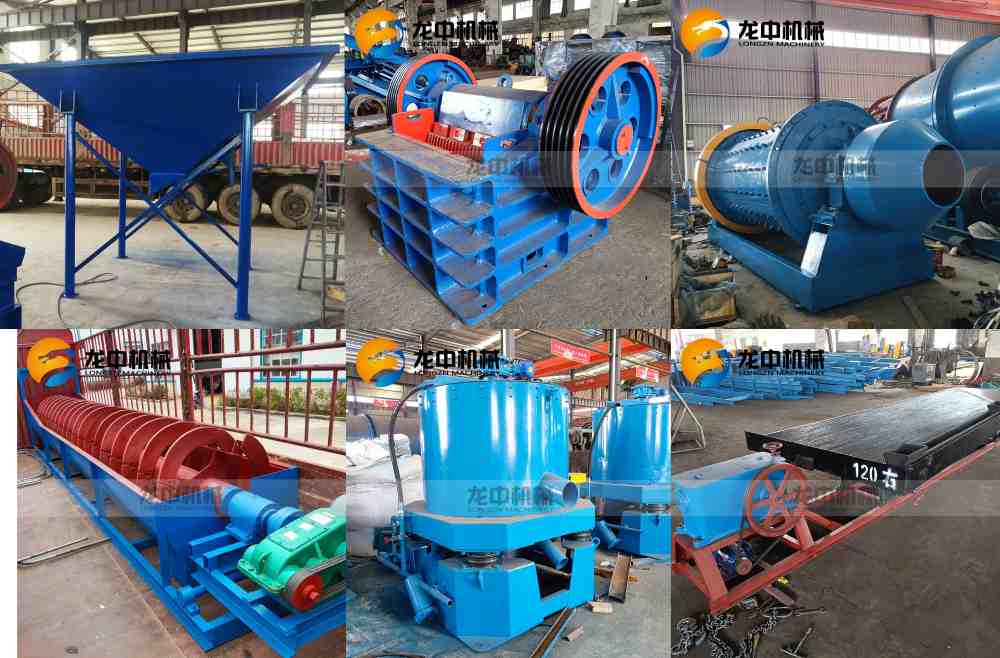

There are various processes involved in gold mining and mineral processing, with two commonly used methods being flotation and gravity separation. Flotation and gravity separation are widely applied, along with other techniques such as carbon-in-pulp and cyanidation. The selection of a specific process depends on the ore's assay report and experimental results. Combining multiple processes often leads to better outcomes, and many plants now integrate both flotation and gravity separation into a single production line to improve recovery rates.
Regarding tailings treatment, some plants employ specialized processes—not just dry stacking—to address the high content of heavy metals and gold in tailings. By using tailings enrichment equipment, they reprocess the discharged tailings to enhance overall processing efficiency.
A typical gold flotation process includes: feeding, crushing, grinding, classifying, and flotation. In this process, the ore is generally around 200 mesh or -220 mesh. The required fineness depends on the mineral’s encapsulation and is determined through phase analysis or small-scale beneficiation tests. Proper grinding is essential to liberate gold particles from the host rock. If the grinding is insufficient and the gold remains encapsulated or in coarse form, flotation will be ineffective, leading to gold loss in the tailings.

A common gold gravity separation process consists of: feeding, crushing, grinding, classifying, Knelson concentrator and shaking table. This configuration is known for its high recovery rate in gold gravity separation. All equipment, including the gold separators, operates automatically and can run continuously for 24 hours. While traditional sluices have been phased out due to low recovery rates, modern systems often use Knelson concentrators, automatic gold separators, spiral separators, carpet sluices, reciprocating concentrators, and shaking tables—all widely adopted in gravity separation. Many newly built plants combine gravity separation and flotation: first recovering coarse gold via gravity separation, then processing the remaining material through flotation to capture fine gold. This integrated approach has proven effective in numerous applications.
 Both processes can be fully automated, from feeding to gold extraction, forming a complete production line capable of 24-hour continuous operation.
Both processes can be fully automated, from feeding to gold extraction, forming a complete production line capable of 24-hour continuous operation.